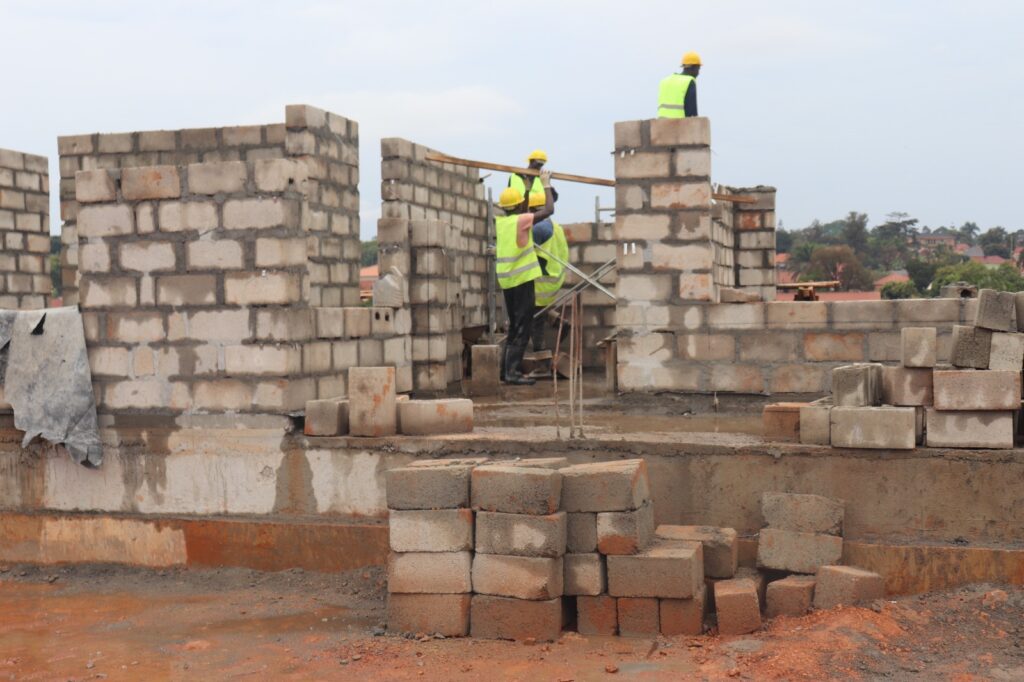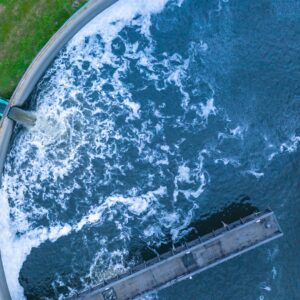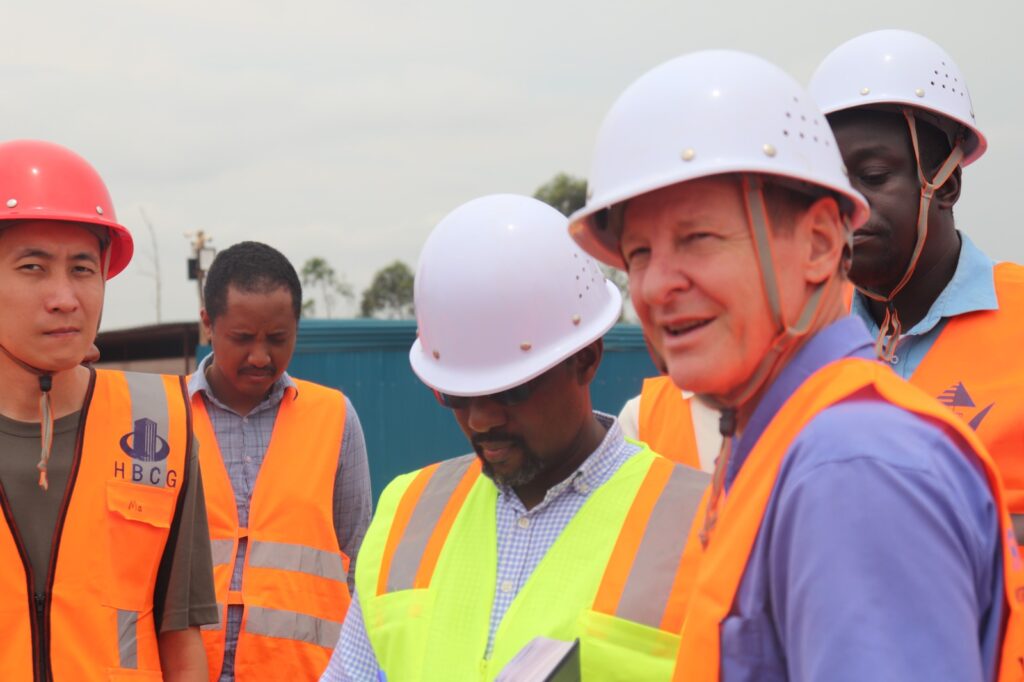
The KW-LVWATSAN Project, Package 5B, is a fundamental initiative dedicated to enhancing water supply and sanitation services in Kampala’s informal settlements. Executed by NWSC on behalf of the Government of Uganda, this project represents a significant stride towards improving living conditions.
Recently, a team of representatives from Heibei Group Co., the principal contractors, and Vambeco, the sub-contractors, embarked on an inspection tour to assess the project’s advancement.
Notably, the Nalukulongo sewerage treatment plant has made impressive headway, boasting a remarkable 50% completion rate, complete with a fully constructed sedimentation tank. Water tightness tests are currently in progress, along with the development of man-made wetlands.
A 680-meter sewer line originating from Mbuya C.O.U school has been successfully laid, opening the door to at least 100 new connections to the KW network. This development is poised to boost KW’s sales due to the thriving business activities in the area.
In the realm of water infrastructure, around 28 kilometers of pipeline have been laid, eventually connecting to 2600 prepaid meters. This marks a crucial step in ensuring efficient water distribution to urban pro-poor customers. The installation of these prepaid meters is scheduled to commence in November, as confirmed by one of the contractors.
The progress in sanitation infrastructure is equally noteworthy. The construction of toilets at Nsambya P/S has been completed, with a handover expected by the end of the week. Meanwhile, the construction of toilets at Kansanga P/S is at an impressive 88% completion rate.
More to it, construction has commenced on a two-story toilet facility at Kiswa Market. This innovative facility will cater to the community’s need for a commercial setup on the first floor, thereby enhancing market services and adding significant value.
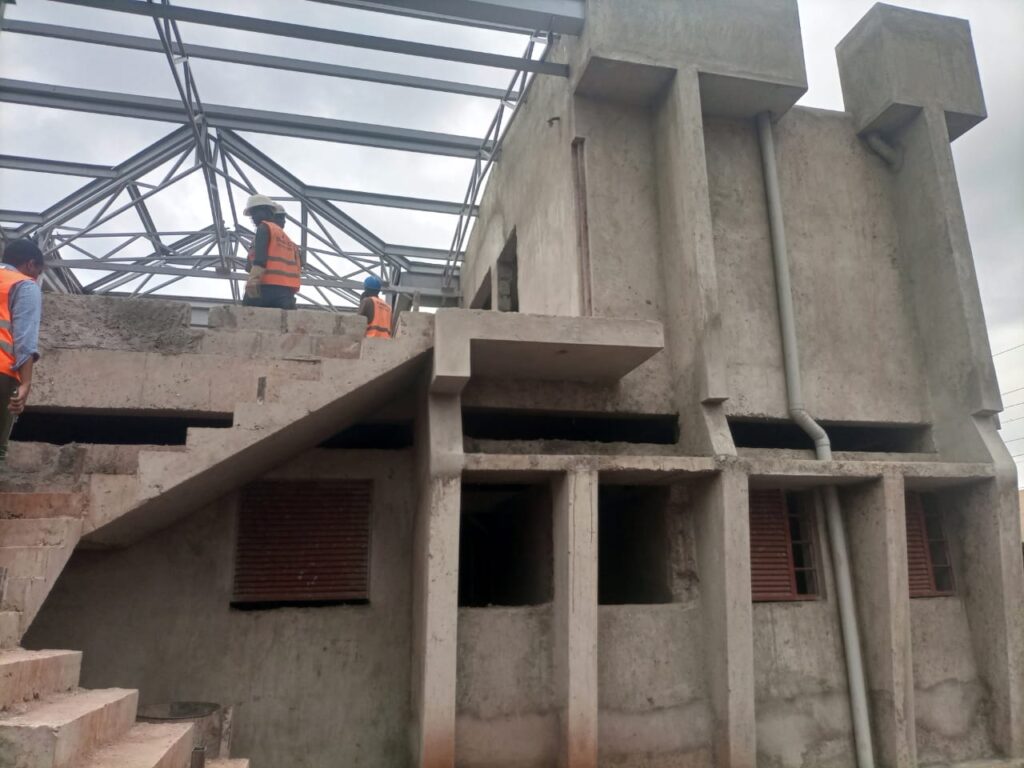
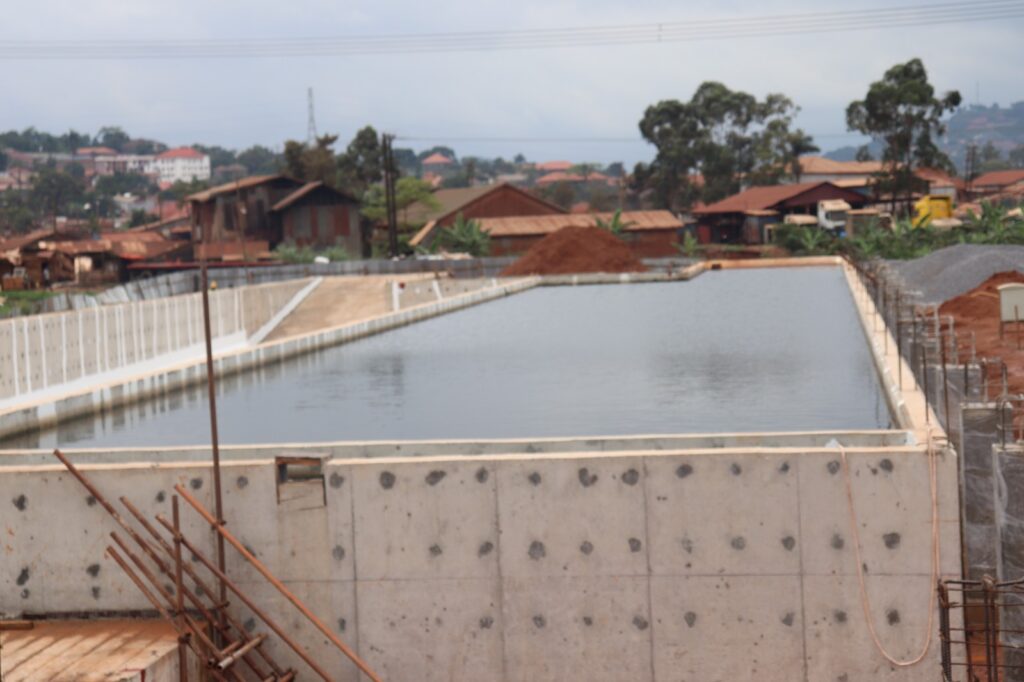
The inspection provided invaluable insights into the commendable progress of the KW-LVWATSAN Project, reaffirming its dedication to improving water supply, sanitation, and the overall well-being of communities in Kampala’s informal settlements.
Algae, whether as single cells or colonies, occupy a crucial place in the aquatic food chain. They serve as a primary food source for zooplankton, microscopic animals that, in turn, nourish various fish and aquatic creatures. Additionally, algae release oxygen into the water through photosynthesis, supporting the respiration of fish and other aquatic life.
However, an overabundance of algae can have adverse effects. When large populations of algae die off, decomposition processes consume oxygen, potentially limiting its availability to other lake inhabitants. This oxygen depletion can disrupt the delicate balance of aquatic ecosystems.
Algal blooms are not limited to lakes; they also plague surface water sources like rivers, lakes, and reservoirs. Climate change and eutrophication exacerbate these blooms, leading to deteriorating water quality in drinking water supplies. To ensure safe potable water, treatment plants employ various processes, including coagulation, clarification, filtration, and disinfection. While these processes effectively remove pathogens and contaminants, they struggle with algal organic matter (AOM), a byproduct of algae cells.
AOM presents a series of challenges in drinking water treatment. It increases the demand for coagulants, blocks activated carbon adsorption sites, promotes biofilm growth, and raises disinfection by-product formation during chlorination. These challenges translate into higher production costs for clean and safe drinking water.
In essence, the proliferation of algae necessitates greater use of flocculation, chlorination, coagulation, and filtration products in water treatment. Consequently, the overall cost of water production rises compared to standard treatment procedures without algal blooms.
The challenges posed by algal blooms, including increased chemical usage and maintenance demands, result in higher treatment expenses. As we grapple with the impact of algae on water quality, it becomes evident that addressing this issue is not only an environmental imperative but also a financial necessity for ensuring affordable and accessible clean water for all.
